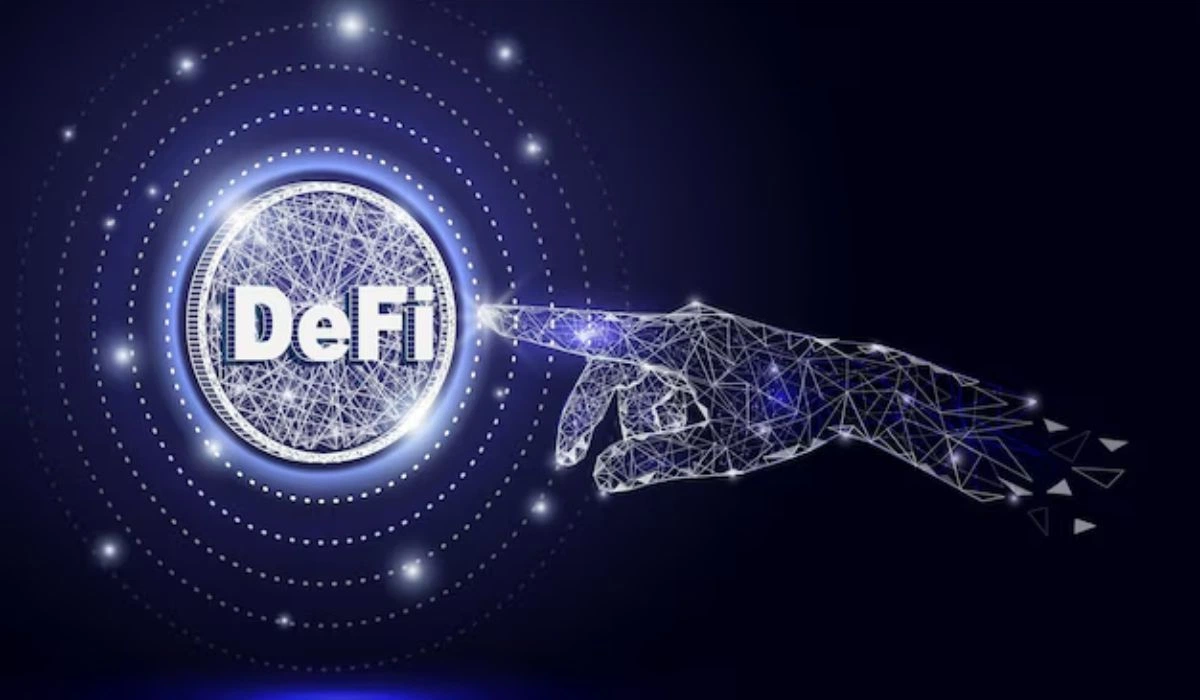In the ever-evolving crypto economy, DeFi (Decentralized Finance) is gearing up to bring revolutionary changes, especially regarding the financial sector. With Trump about to take charge and speculative BTC reserve on the horizon, DeFi will likely dominate in 2025. That’s why it is very important to know what DeFi is. Here, we will be looking into exactly that, what the DeFi system entitles, why it is considered the main player of 2025, and the potential risks associated with getting involved in the DeFi sector.
DeFi (Decentralized Finance) & Its Key Features
DeFi (Decentralized Finance) is a revolutionary financial technology that utilizes blockchain technology to provide P2P transactions to individuals without involving intermediaries like banks. The blooming technology primarily uses smart contracts to execute these transactions and operates on various dApps. It was mainly built on the ETH blockchain and allows users to conduct transactions swiftly and cost-effectively. The key features of DeFi include
- Accessibility: Anybody with an internet connection can use the DeFi network to conduct business and other transactions.
- 24/7 Service: The DeFi system provides 24/7 services across all international borders.
- Transparency: Transparency is one of the key features of DeFi allowing all transactions conducted in the network to be verified publicly.
- Privacy: You don’t need to disclose your identity or details related to it to conduct a transaction in the network ensuring privacy to its users.

DeFi (Decentralized Finance): Revolutionizing Finance In 2025
Trump’s crypto policy and a crypto-friendly environment are paving the way for DeFi to revolutionize the financial sector this year. It is estimated that the DeFi sector will hit the $700 billion mark by the end of 2025. This exponential growth of DeFi can be attributed to the following factors.
- Institutional Adoption: Traditional institutions are rapidly adopting DeFi and cryptos. For instance, major firms like BlackRock are actively looking into potential DeFi platforms out there.
- Fintech Integration: With the emergence of the “DeFi Mullet” concept, the Fintech apps are now directly integrating DeFi protocols into their system.
- Blockchain Evolution: Blockchain technology is evolving with each passing day increasing the efficiency and use cases associated with the system. Layer 2 solutions have already been turned into revenue generators by various platforms.
- Regulatory Landscape: As more countries create a favorable regulatory environment associated with blockchain and crypto projects, the DeFi sector grows with it.
- Interoperability: The need for cross-blockchain communication is getting higher and higher. If this becomes possible, we can easily transfer data and assets between DeFi platforms, further driving their growth.
Potential Risks Associated With The DeFi Sector
Like any other software or sector out there, the DeFi also has its own set of drawbacks. Here, we will look into a few of these drawbacks so you know exactly what you’re getting into by using the DeFi ecosystem.
- Regulatory Uncertainty: Many governments are still struggling to create a proper regulatory system for the DeFi sector. This uncertainty can cause problems for the DeFi platforms and their users shortly.
- Security Vulnerabilities: As the DeFi is a complex but open sector, it has a lot of vulnerabilities in its system. Hackers can utilize these vulnerabilities, who can then exploit the system. This can even result in the loss of funds on the user’s part.
- Volatility: The DeFi sector is a highly volatile place, mainly because of its dependency on cryptocurrencies, which are inherently volatile in nature. This volatility can cause a loss of find on the investor’s part.
- Technical Challenges: Even though the DeFi system has come so far, it still faces many challenges like scalability and high-cost fees that need to be addressed. The complex UIs surrounding the DeFi platform can also put a strain on the user adoption rate.
- Cyber Threats: Even though the DeFi system has employed a number of security measures, it is still susceptible to cyber attacks like flash loan exploits and reentrancy attacks.
Future Outlook
The potential associated with the DeFi system’s growth in the financial sector is infinite. And right now, 2025 is looking quite promising in aspects of the revolutionary environment. With its adoption rate and technical advantages improving with each passing year, it is expected that the DeFi system will be part of our everyday lives a couple of years from now.
Various financial giants like BlackRocks looking into the DeFi systems are proof of this. If the DeFi environment provides a highly efficient system that allows interoperability between the blockchains, this growth can happen sooner rather than later. For more information and updates regarding the crypto world, stay tuned.






